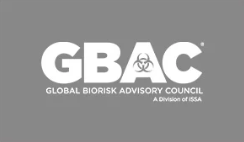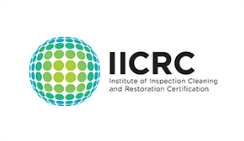Worst Types of Mold to Find in Your House
No one wants to think about finding mold in their house. Seeing any “variety” can make you feel squeamish. You might wonder if you have a bigger underlying problem.
While any variety of mold can be disturbing, it’s important to know some of the worst types to find. Some varieties are relatively harmless (other than being an eyesore) while others can actually put you and your family at risk.
So, what are the worst types of mold to find in your home? How can you protect yourself from the danger those varieties might push forward?
Penicillium
The penicillium genus actually contains hundreds of different species, and on the surface, it may not seem that bad. From these species, the powerful antibiotic penicillin was invented.
But, this blue-green mold should be avoided if you see it in your home, growing on food, etc. It’s not uncommon for penicillium to produce airborne spores. Being in close proximity could cause you to inhale/ingest those spores, increasing your risk of respiratory issues. For people who already struggle with asthma or allergies, it could be incredibly dangerous.
Cladosporium
As one of the most widespread molds, Cladosporium is a common allergen that can trigger severe allergic symptoms. It is often found in building materials, including HVAC systems and wood, and wallpaper. When those materials get wet, Cladosporium can form and wreak havoc on those who already struggle with allergies.
Fusarium
Fusarium is most often found in soil and on plants. If you happen to ingest food that had been contaminated with a colonized strand of Fusarium, it could trigger several adverse effects, including mycotoxicosis – more commonly known as toxic mold poisoning.
Unfortunately, that can cause short-term and long-term effects, ranging from chronic fatigue to certain types of cancer. It can also weaken your immune system, making you more prone to infections.
Aspergillus
This allergenic mold is commonly found in hospitals, but it can be found in the home. In fact, it is so abundant that it may be nearly impossible to avoid breathing some of its spores, triggering allergy symptoms in some.
The good news is that those without respiratory issues may be able to breathe the airborne spores with no issues. But, if you have an existing respiratory condition or allergies, breathing in aspergillus could contribute to serious health conditions.
What to Do About Mold in Your House
If you spot any type of mold in your house, don’t take a chance. Most individuals aren’t able to accurately identify different mold species right away, and the longer you leave it alone, the greater the risk to your family’s health.
Instead, contact Forensic Restoration. We offer  mold restoration services you can depend on to keep yourself and your family safe. Different species of mold grow in homes for a variety of reasons. Whether you just moved into a new place and are noticing it for the first time or it’s a problem you’ve been ignoring for a while, we can help to remove the mold safely and provide you and your loved ones with peace of mind.
mold restoration services you can depend on to keep yourself and your family safe. Different species of mold grow in homes for a variety of reasons. Whether you just moved into a new place and are noticing it for the first time or it’s a problem you’ve been ignoring for a while, we can help to remove the mold safely and provide you and your loved ones with peace of mind.
Keep Your Home & Family Safe











